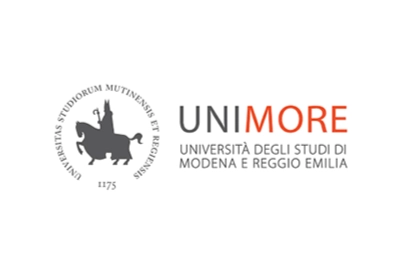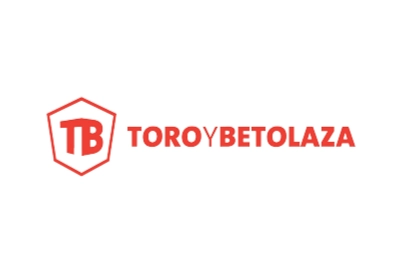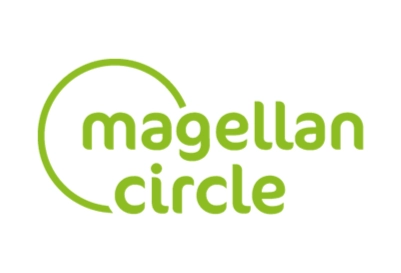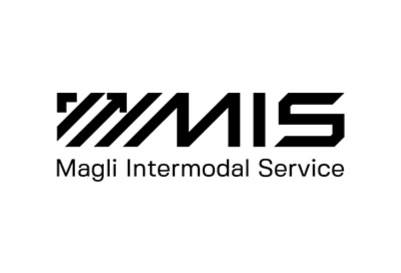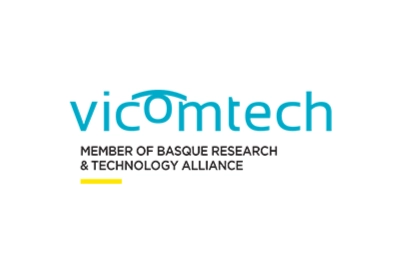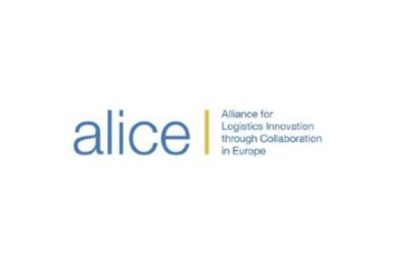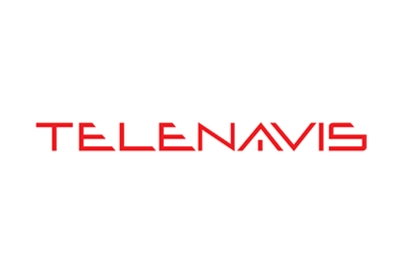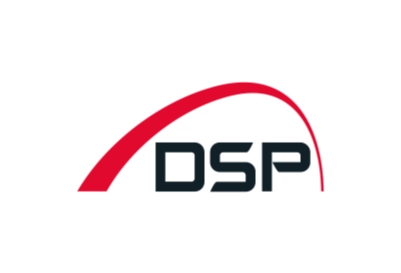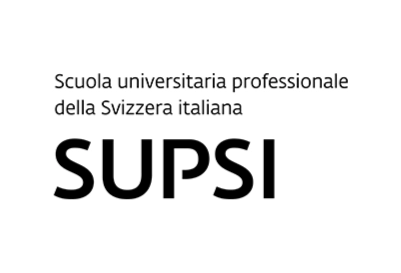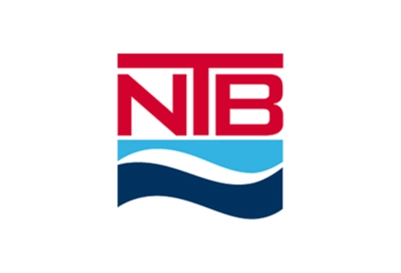Simulations for shunting operations
Client
Partners
The problem
This will result in seamless transfers between maritime, road, and rail transport, supporting a more efficient and interconnected logistics chain, reducing delays and improving overall operational fluidity.
AutoMoTIF focuses on the development of strategies, business and governance models, regulatory recommendations and synergies that enable the integration and interoperability of automated transport systems and solutions towards the operational automation of multimodal cargo flows and logistics supply chains in the intra-European network.
It will list the gaps – both regulatory and technological – that are currently identified in automated transport technologies and logistics operations between modes and hubs through the analysis of automation demand and supply in multimodal transportation (users vs market).
The solution
AutoMoTIF follows an inclusive model to ensure that user and community needs are properly addressed, and innovations are aligned with their expectations. UCs and scenarios will focus on real challenges and gaps in seamless automated logistics that will be simulated in real settings and different geographical locations.
MOSAIC FACTOR focuses the automation of shunting, marshalling, and loading/unloading of railcars to:
-
- Enhance efficiency
- Reduce bottlenecks
- Environmentally friendly terminal management
The simulation environment accurately replicates real-world operations, considering factors like train schedules, container movements, and coordination between autonomous systems.
Data
During simulations, the model replicates the behaviour of autonomous systems based on their predefined algorithms and responses to external stimuli.
It factors in real-world constraints, such as train schedules, container destinations, and resource availability, to mirror rail terminal’s operational complexity accurately.
The simulation runs iteratively, simulating multiple scenarios to analyse the impact of automation on key performance indicators (KPIs) such as modal share increase, efficiency gains, emission reduction, safety performance, reliability, cost savings, and intermodal coordination.
-
- Historical data
- Operational plans
- Designed scenarios to test terminal’s performance
- Synthetic data to augment available data, capturing different operational conditions and challenges
Results
The results of four use cases will be used to set up a master scenario addressing the end-to-end delivery of goods using highest degree of automation possible. The outcomes from current practices will be analysed, leading to the assessment of benefits that can be gained by exploiting automated transport means to seamless multimodal automatic cargo transport and vice versa. These benefits will be defined and analysed based on their social, environmental and economic impact, such as decreased emissions and congestion, improved working conditions and safety, as well as reduced logistics and freight transport costs, with the SSH aspects being a priority.
AutoMoTIF contributes to the enhancement of synergies among sectors and stakeholders, following European priorities, strategic partnerships, such as CCAM, Zero Emission Waterborne Transport and EU Rail JU to ensure that transferability of expected outcomes.






























